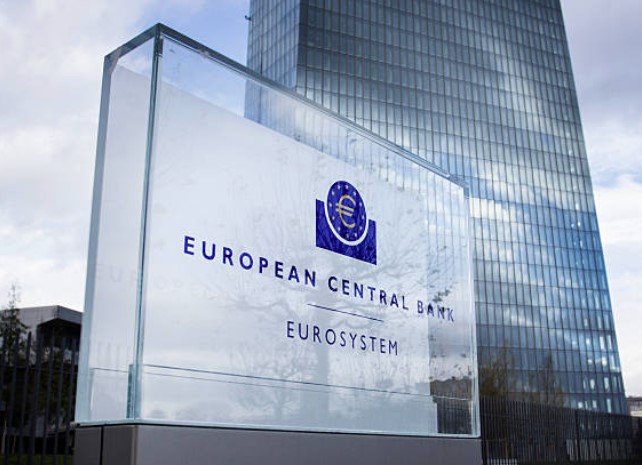Favourable economic developments in the European Union

The current forecast, according to a publicly available report from the European Commission, is for GDP growth of 1.0% in the EU and 0.8% in the euro area this year. GDP growth is expected to accelerate to 1.6% in the EU and 1.4% in the euro area early next year and throughout 2025. HICP inflation in the EU is expected to fall from 6.4% in 2023 to 2.7% this year and to 2.2% in 2025. In the euro area, inflation, which was at 5.4% in 2023, is then expected to slow from 5.4% to 2.5% this year and to 2.1% in 2025. According to Eurostat’s preliminary estimate, GDP in both the EU and the euro area grew slightly by 0.3% in the first quarter of 2024. This expansion marks the end of a long period of economic stagnation that began in the last quarter of 2022.
HICP inflation in the euro area has continued to fall sharply from its peak of 10.6% recorded in October 2022, reaching a two-year low of 2.4% in April this year. Inflation assumptions since the start of this year have anticipated lower inflation than is currently the case. Inflation is currently forecast to continue to fall. The inflation target for 2025 will be reached slightly earlier than the forecast indicated in Q4 2023. The main contributor to the reduction in inflation will be non-energy goods, namely food. Inflation is rising slightly for energy and falling only slowly for services. Inflation in the EU as a whole is expected to follow a similar path, although remaining slightly above expectations.

Despite the economic slowdown, the EU economy created over two million jobs in 2023, with the economic activity rate and the employment rate for 20-64 year olds reaching new record highs of 80.1% and 75.5% respectively in the last quarter of 2023. The situation in many labour markets across the EU remains tight, with the EU unemployment rate at a record low of 6.0% in March 2024. Migrant labour supply and labour demand also play a role in these good labour market outcomes. Employment growth in the EU is forecast to fall to 0.6% this year and slow further to 0.4% in 2025. The EU unemployment rate is expected to remain stable around low levels. Nominal wage growth in the EU, which is expected to reach a record 5.8% in 2023, has started to slow down.
EU and US trade 2013-2023. source Eurostat

World economists expect an investment-led recovery in the year ahead. Monetary policy is expected to start on the base rate side, with the ECB implementing a 25 basis point rate cut on 26 June 2024. In the euro area, we expect the inflation target to be reached in the first half of 2026. Uncertainties and risks that may adversely affect the economic outlook for the EU, but also for the world as a whole, have increased in recent months due to Russia’s protracted war against Ukraine and geopolitical tensions. Should there be any negative major developments in the world, some EU Member States could take additional measures for 2025, i.e. fiscal consolidation, which could impact economic growth next year. Climate change is also weighing on the current outlook of global economists.